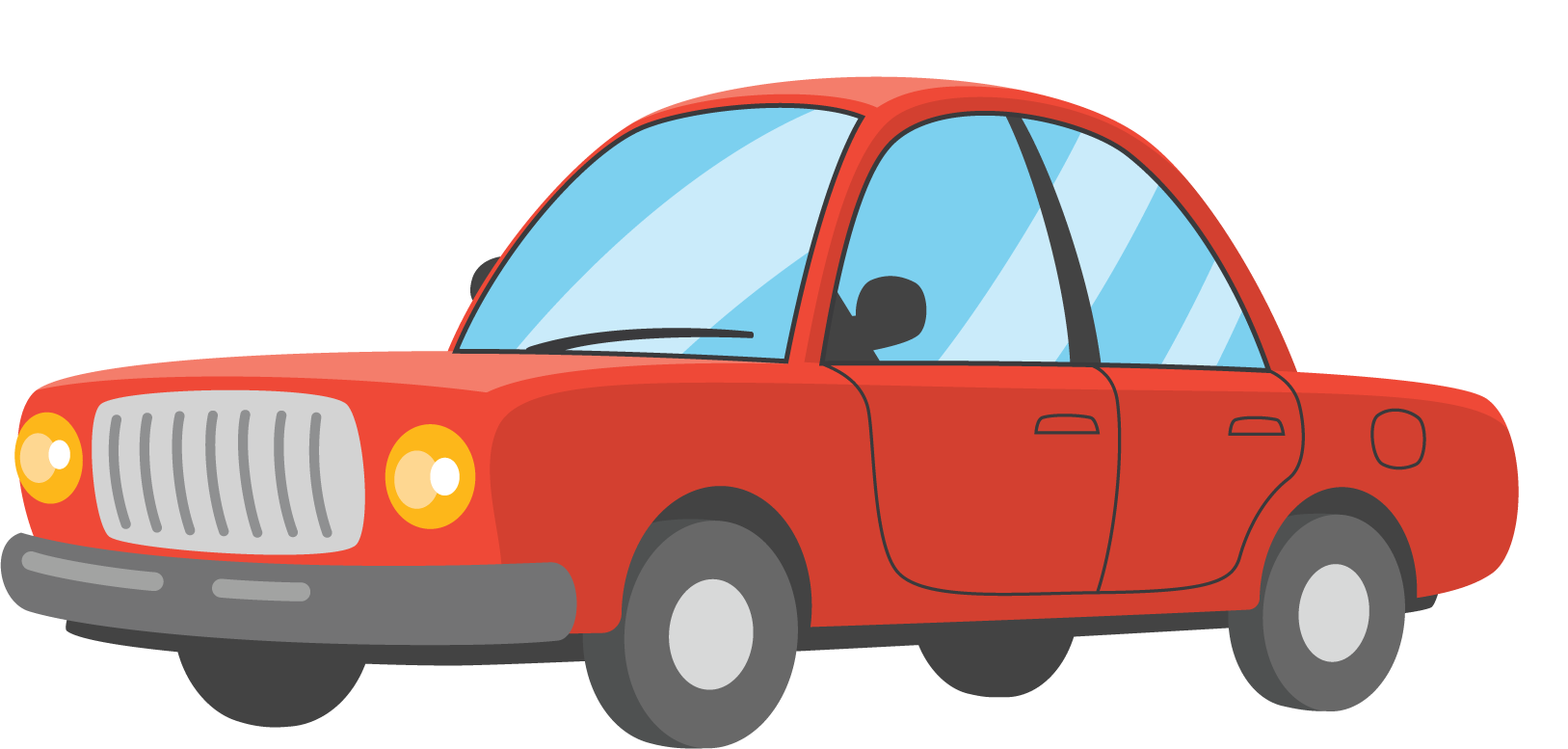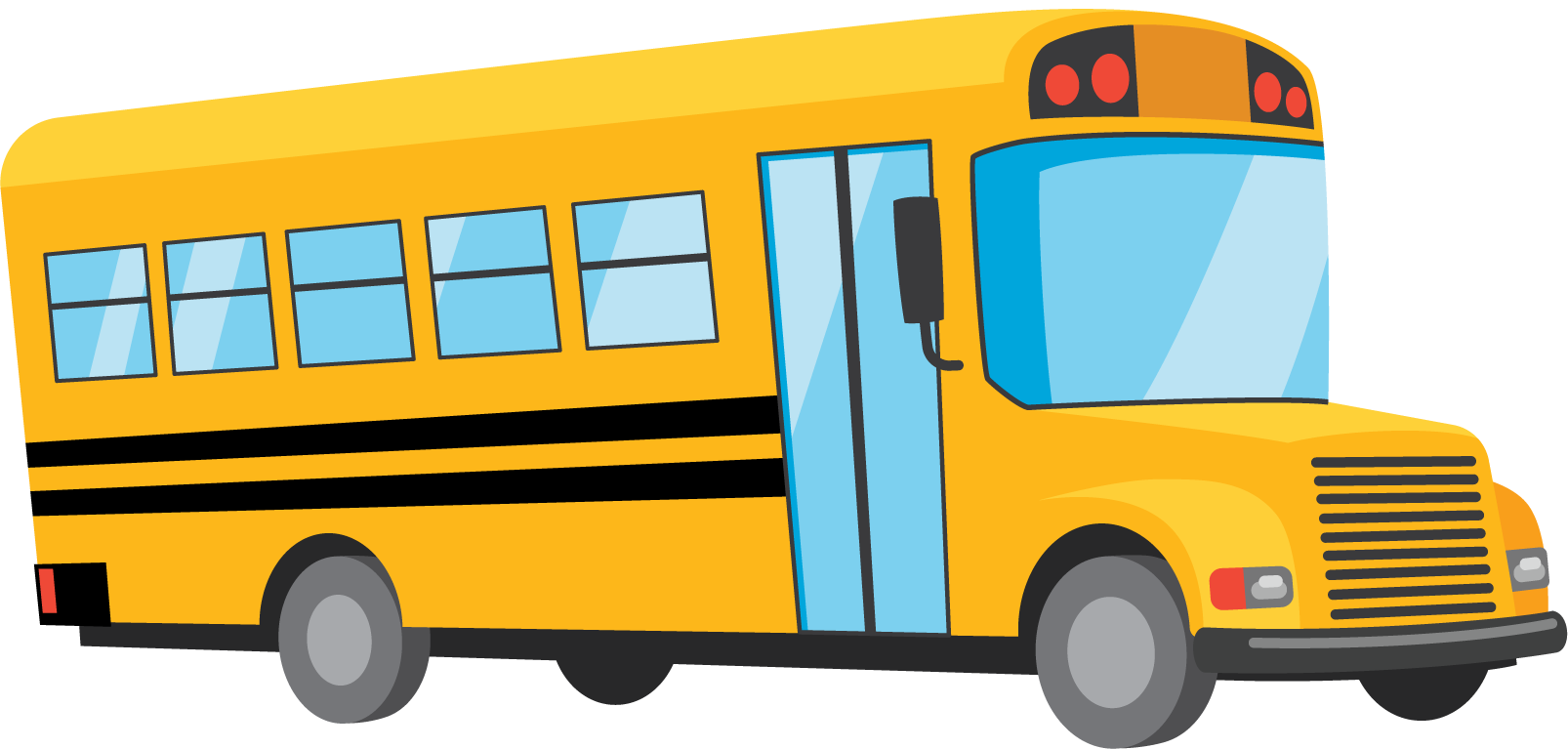Lesson 7
Collect and Represent Data
Warm-up: Notice and Wonder: Let’s Get There (10 minutes)
Narrative
The purpose for this warm-up is to invite students to notice and wonder about pictures of transportation that will be used later in the lesson. They may notice that all the pictures are forms of transportation that people in the community use to get around. This leads into the next activity, in which students collect data about how they got to school.
Launch
- Groups of 2
- Display the image.
- "What do you notice? What do you wonder?"
- 1 minute: quiet think time
Activity
- "Discuss your thinking with your partner."
- 1 minute: partner discussion
- Share and record responses.
Student Facing
What do you notice? What do you wonder?




Student Response
For access, consult one of our IM Certified Partners.
Activity Synthesis
- “We are going to keep thinking about these ways of getting around in our first activity today.”
Activity 1: How Do We Get to School? (15 minutes)
Narrative
The purpose of this activity is for students to collect data and represent it to create a class display. In this activity, students are asked a question and choose a picture to represent their response. When students are invited to add their picture to the class display, do not provide additional guidance on what the display should look like. Students may choose to add their picture next to other pictures that are the same or next to their partner's or other friends' pictures without attention to category. It is ok if the display looks disorganized. In the synthesis, students answer questions about the data and may see that it could be easier to answer these questions if the data were represented in a more organized way.
Supports accessibility for: Conceptual Processing, Organization
Required Materials
Required Preparation
- Create a chart titled, "How we got to school today" to display in the launch.
- Each student needs a pair of scissors and access to tape.
- Have extra copies of the blackline master available.
Launch
- Groups of 2
- Display the chart paper titled “How We Got to School Today.”
- Give each students a pair of scissors, a copy of the blackline master, and access to tape.
- "What are some of the different ways people get to our school? What are other ways people may get to school in other places?"
Activity
- “Choose the picture that shows how you got to school today.”
- “Write your name on the picture.”
- Invite students to add their picture to the chart.
Student Facing
Choose the picture that shows how you got to school today.
Write your name on the picture.
Student Response
For access, consult one of our IM Certified Partners.
Activity Synthesis
- “How could we find out how many students in our class took the bus to school today?” (We could count all the pictures of buses.)
- “What other questions could we ask about how we got to school today based on our chart?” (How many students walked to school? How many students rode in a car?)
- "Is it easy to answer these questions from our chart just by looking at it? Why or why not?" (No, the pictures are all over, you might lose count. It'd be easier if they were in lines or together. Yes, you can just count each picture.)
Activity 2: Visual Representations of Data (20 minutes)
Narrative
The purpose of this activity is for students to represent data in an organized way. In grade 1, students were introduced to each of the representations shown in the Student Responses section below.
Students should have access to tools that may help them represent the data (for example, extra copies of the pictures from Activity 1, scissors, glue or tape, markers, or stickers). Throughout the activity, they make their own decisions about what to use to represent the data and reflect on their choices (MP5). The activity can serve as a formative assessment to see what students already know about representing data. During the lesson synthesis, students see different representations and discuss the similarities and differences of each.
This activity uses MLR7 Compare and Connect. Advances: representing, conversing.
Required Materials
Required Preparation
- Each group of 2 needs access to extra copies of the blackline master from the previous activity, glue, markers, scissors, tape, and stickers.
Launch
- Groups of 2
- Give each group access to markers, stickers, glue, and tape.
Activity
- “Organize and represent the data we collected in a visual display.”
- “Data is information about the things or people in a group.”
- “Think about how you can represent the data in a way that will make sense to other people.”
- 8 minutes: independent work time
- Monitor for a students who:
- organizes pictures into groups
- uses tally marks or other symbols
- 5 minutes: gallery walk
Student Facing
Student Response
For access, consult one of our IM Certified Partners.
Activity Synthesis
MLR7 Compare and Connect
- Display a student’s representation that used pictures and a student’s representation that used marks or other symbols.
- “What is the same and what is different between these representations?”
- 30 seconds quiet think time
- 1 minute: partner discussion
- “What suggestions do you have for _____ to make their representation more clear?” (_____ could count up the marks and put how many in all for each group.)
Lesson Synthesis
Lesson Synthesis
“Today, we saw that there are different ways to represent data in an organized way.”
Display 2 representations in which students grouped pictures or symbols to represent each category in different ways.
“How does each representation help you see how many students took the bus?” (I could see that there are 5 buses because they are lined up in a row. I see the number 5 next to the word bus. I see there are 5 tallies next to the word bus.)
“What makes a data display organized and clear to read?” (Its easier to read if things that are alike are together. You can put things that are alike in groups. You can use words and numbers to label things.)
Share responses.
Cool-down: Organize Data (5 minutes)
Cool-Down
For access, consult one of our IM Certified Partners.